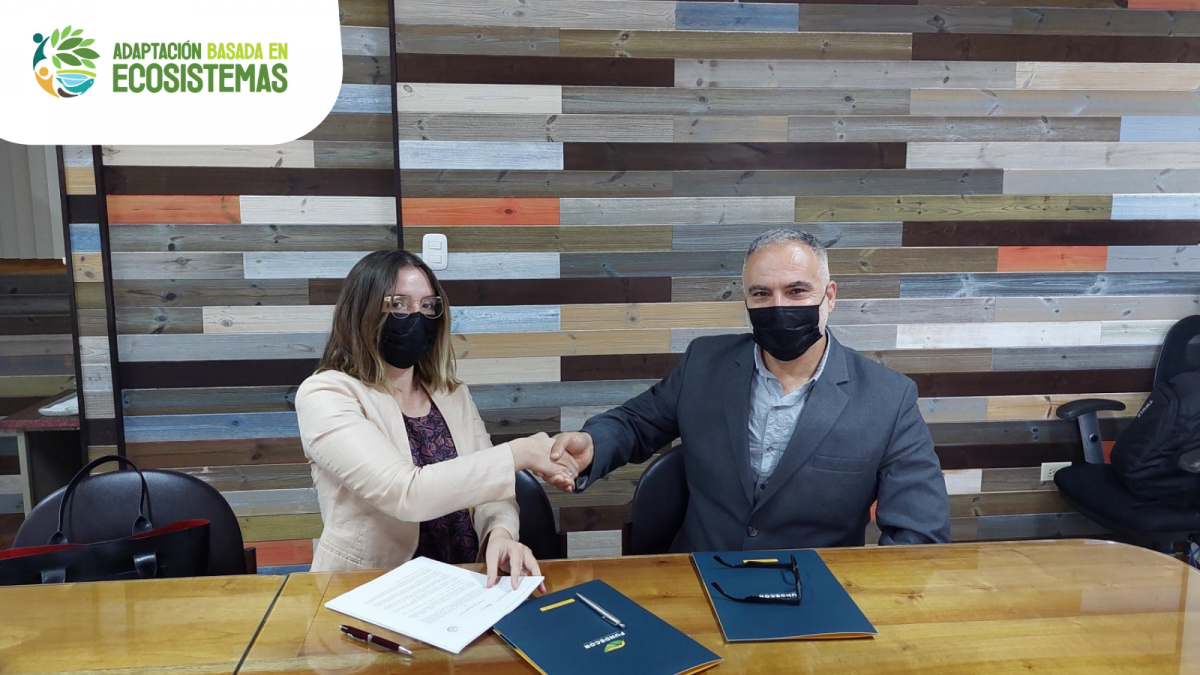The Restoration Initiative: A Tanzania story
Restoring and protecting the United Republic of Tanzania’s rich natural heritage

Photo: Vice President's Office
The United Republic of Tanzania’s land, and the amazing assortment of plants and animals found there, is the heart and soul of the country. One of the world’s most biodiverse nations, the United Republic of Tanzania is the twelfth richest nation in terms of bird species despite accounting for just over half of 1 percent of the earth’s total land area. Among African nations, the United Republic of Tanzania is home to more than one-third of the continent’s plant species and is the fourth richest country in terms of fauna, with a fifth of all large mammal species. And the country boasts one of the highest levels of forest cover in eastern and southern Africa.
All of this makes the nation and the health of its landscapes essential for efforts to conserve and protect global biodiversity. And this biodiversity is a key pillar supporting the livelihoods of millions of Tanzanians – with wildlife-driven tourism contributing around USD 2 billion annually to the national economy and providing over 12 percent of employment. Healthy landscapes are also vital to the country’s agricultural industry, which generates a quarter of gross domestic product and provides employment for 80 percent of all Tanzanians.
However, land degradation resulting from a number of challenges including overgrazing, over-exploitation and deforestation and poor agricultural practices, and driven by underlying factors including rapid population growth, insecure land tenure and poverty, are threatening this foundation. More than half of the nation’s total land area is affected by land degradation, and 16 percent is highly degraded. This land degradation is estimated to be costing the United Republic of Tanzania losses of over USD 10.2 billion per year, with declines in agricultural productivity, food insecurity, water pollution, desertification, increased migration and land conflicts, and loss of biodiversity.
The TRI project in the United Republic of Tanzania seeks to address these challenges. It will support government and civil-society partners in adopting and integrating sustainable landscape restoration and land management principles and practices within national policies, regulations and strategies, while establishing and operationalizing governance and regulatory structures to effectively support these efforts. The goals are ambitious. In total, TRI Tanzania aims to bring 110,000 ha under restoration while achieving direct emission reductions of 2 million tCO2eq through sustainable landscape restoration and land management activities.
Throughout 2020, while completing the requirements to enable the formal start of the project, key government agencies have launched consultations with local communities, sector ministries and agencies, as well as international and local NGOs and civil society organizations, as they gear up for implementation.
TRI Tanzania will focus its efforts on the degraded and deforested landscapes of the Great Ruaha, Lake Rukwa and Malagarasi Basins. The project team has identified and engaged with relevant government-led projects and programmes working in these same areas, to support harmonization of work and ensure the learning and best practice exchange needed to bring restoration efforts to scale.
While the project has not yet formally started, the participation of TRI Tanzania project team members in all global training opportunities provided by the TRI Programme has enabled team members to learn from programme partners, and become familiar with the range of policy, implementation and monitoring tools available to support restoration and sustainable land management.
In the second half of 2020, TRI held consultations with local communities and authorities in the Great Ruaha landscape to raise awareness of the project and its opportunities and take fuller stock of current needs. These local stakeholders are strongly supportive of restoration efforts and, with support from the district councils, have started organizing themselves in grassroots groups, which will be key players in addressing the severe degradation of the basin due to unsustainable agricultural practices.
There are high expectations at both national and local government levels for TRI and its contribution towards helping to halt and reverse land degradation. With the Government of the United Republic of Tanzania firmly committed to a paradigm shift in land management that can deliver demonstrable, tangible benefits to local communities, hopes are high that TRI will help the United Republic of Tanzania retain its place as a nation rich in nature, found nowhere else in the world.



